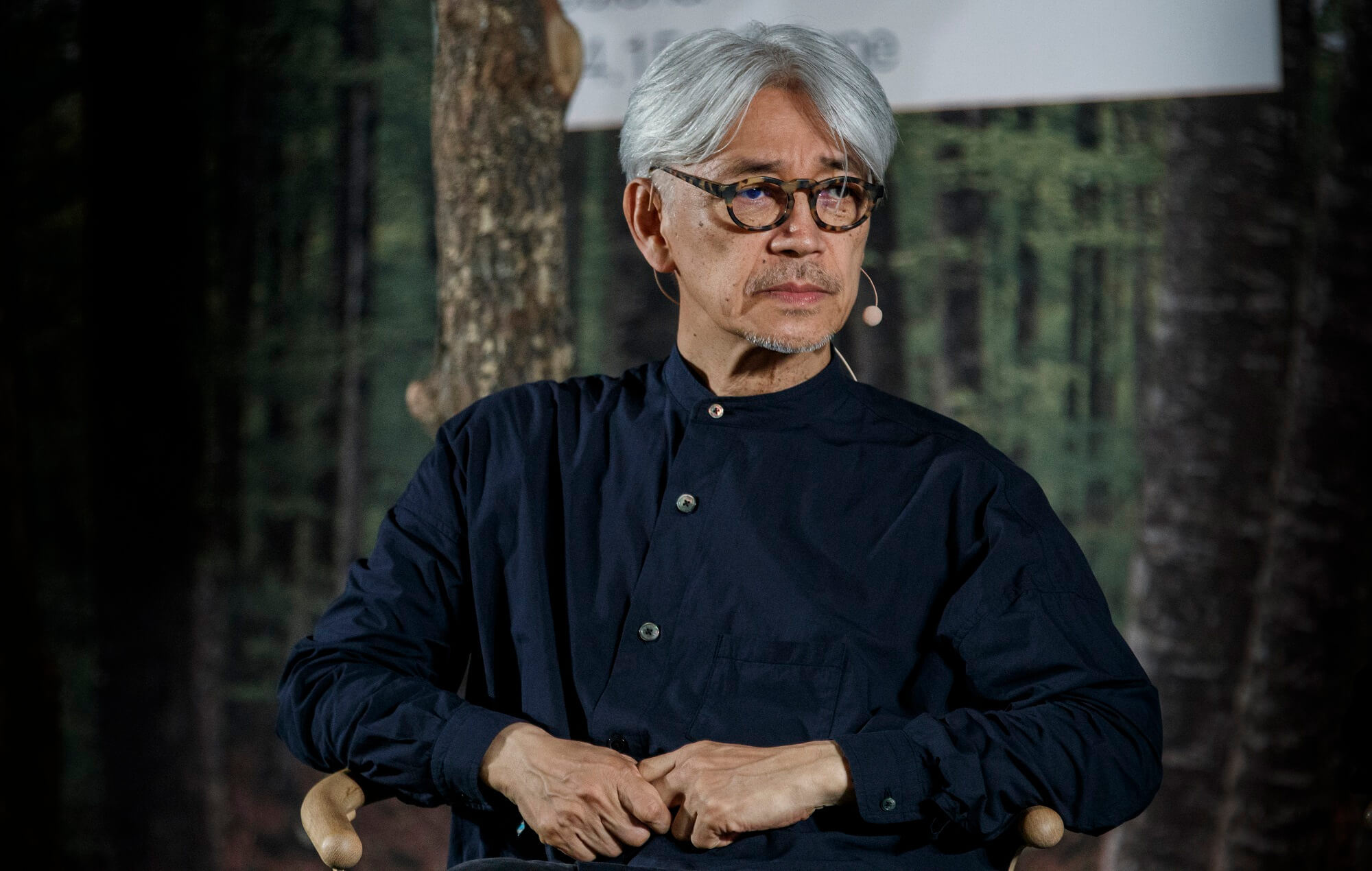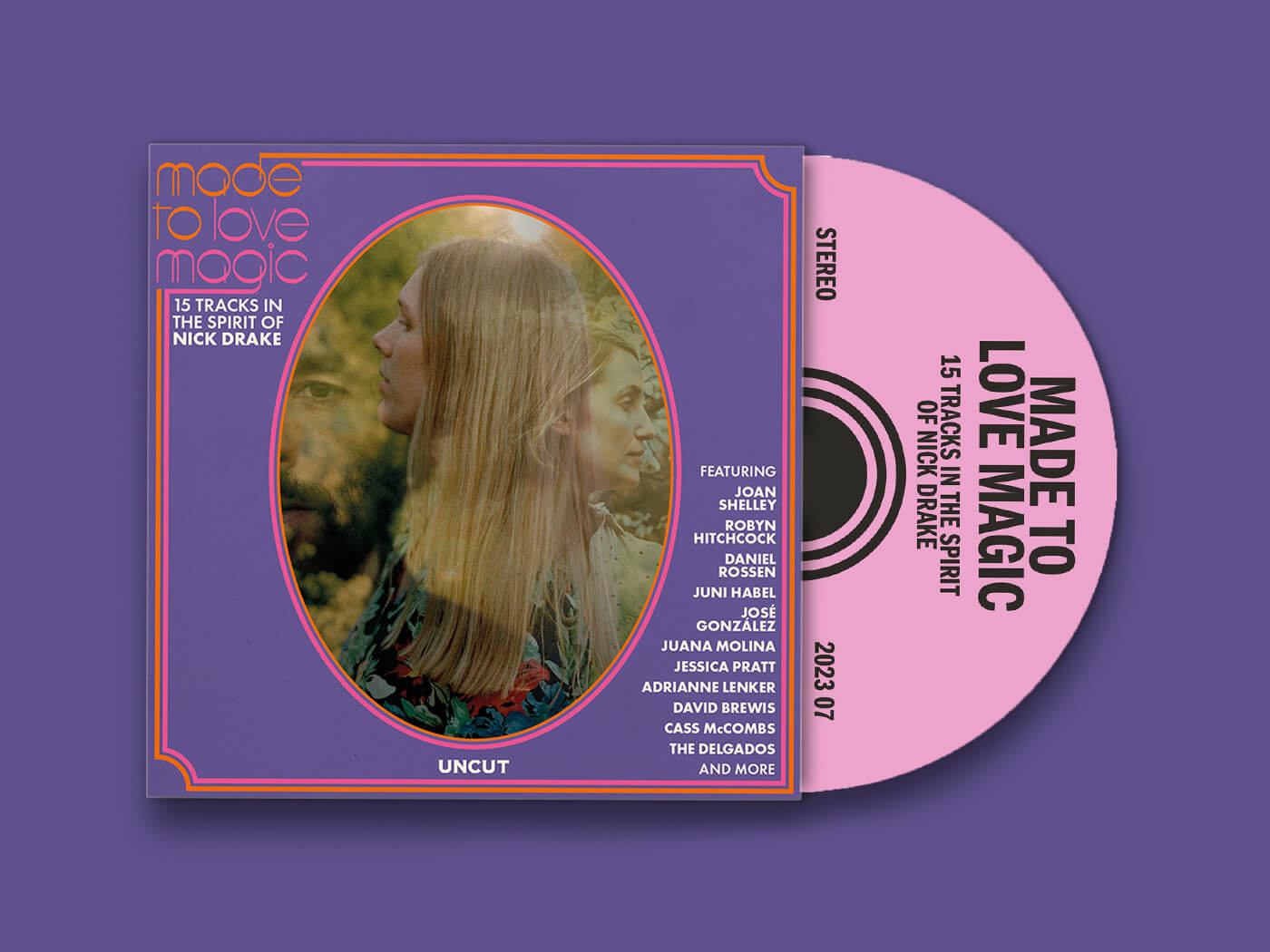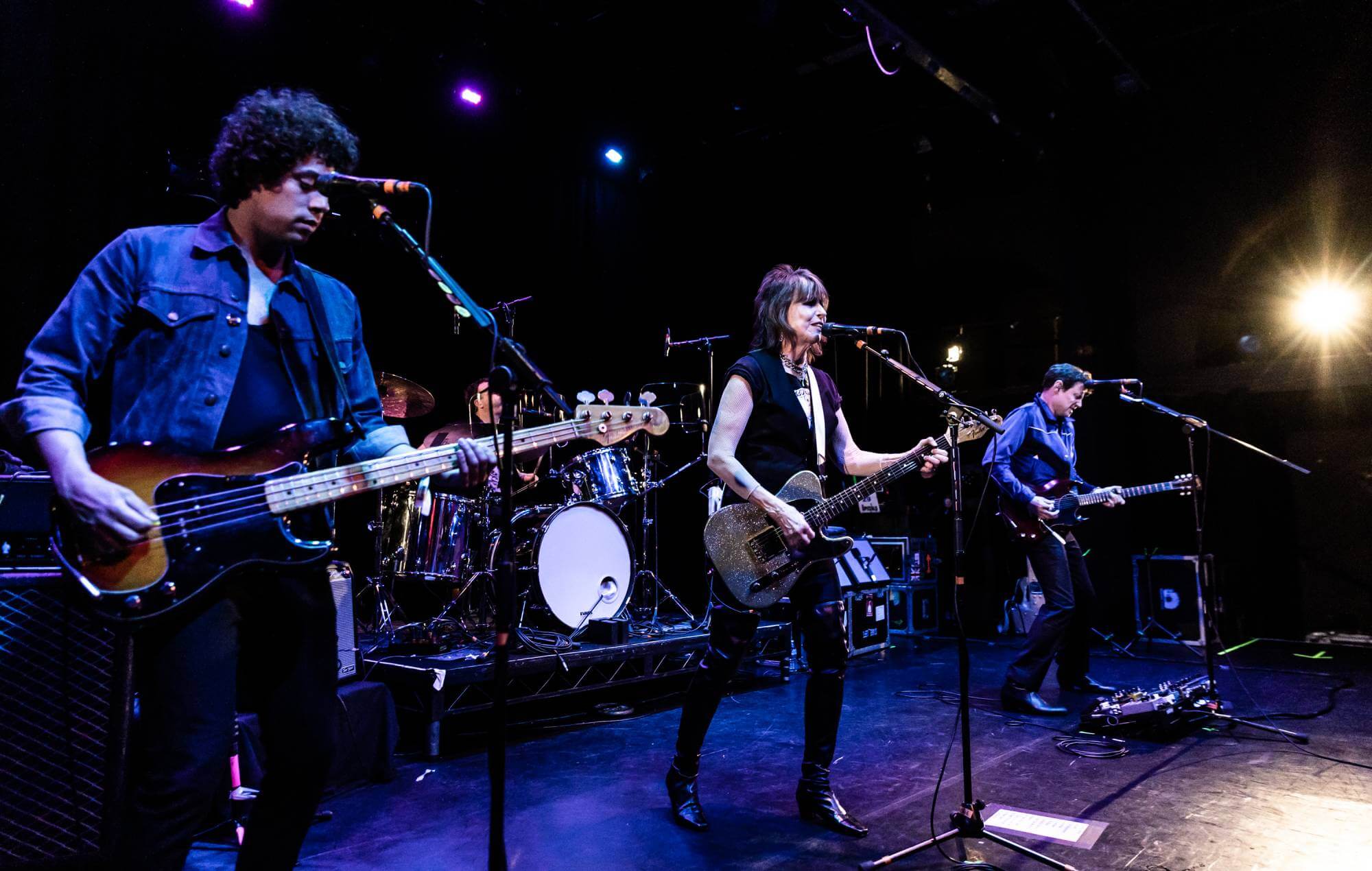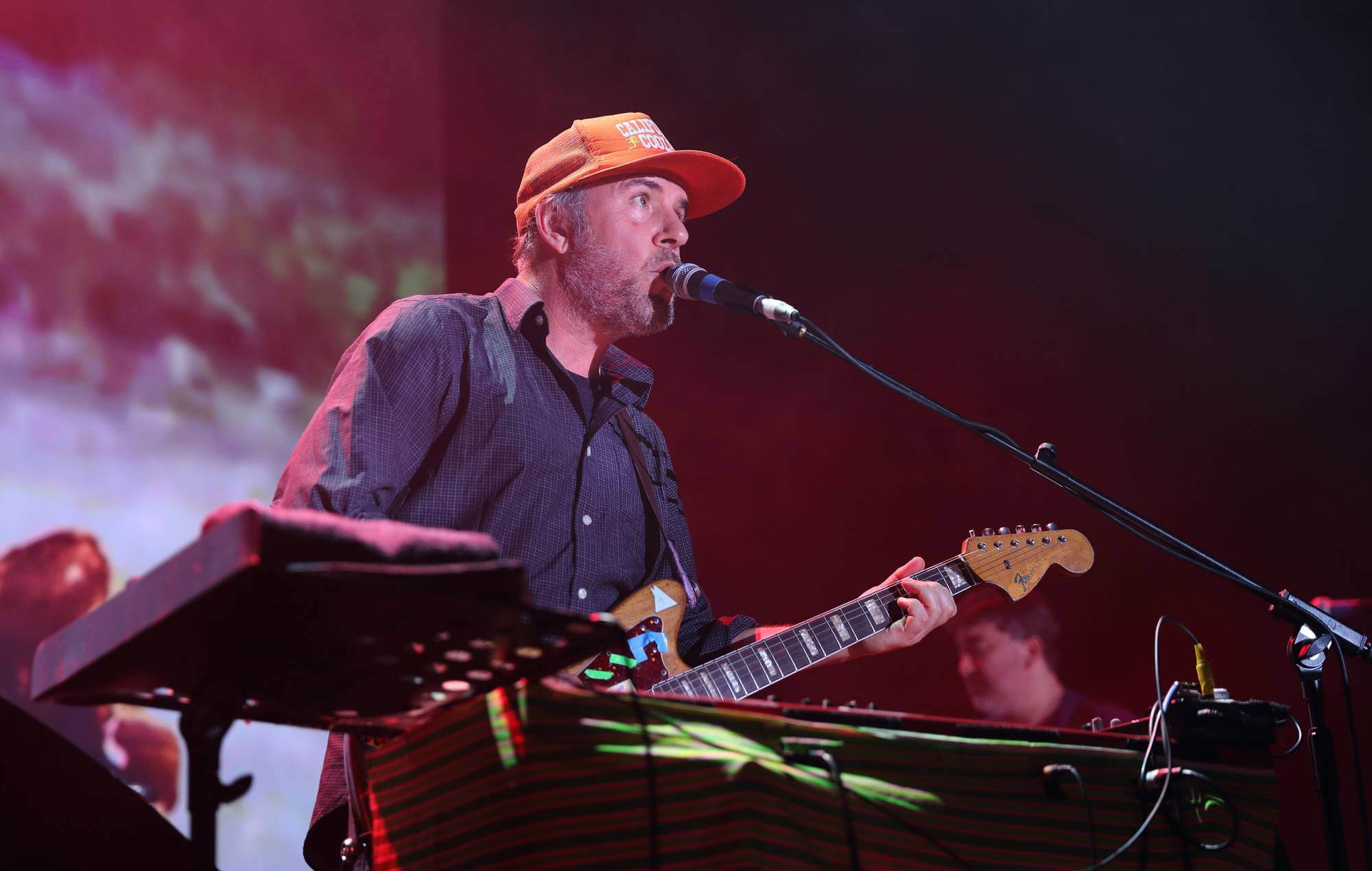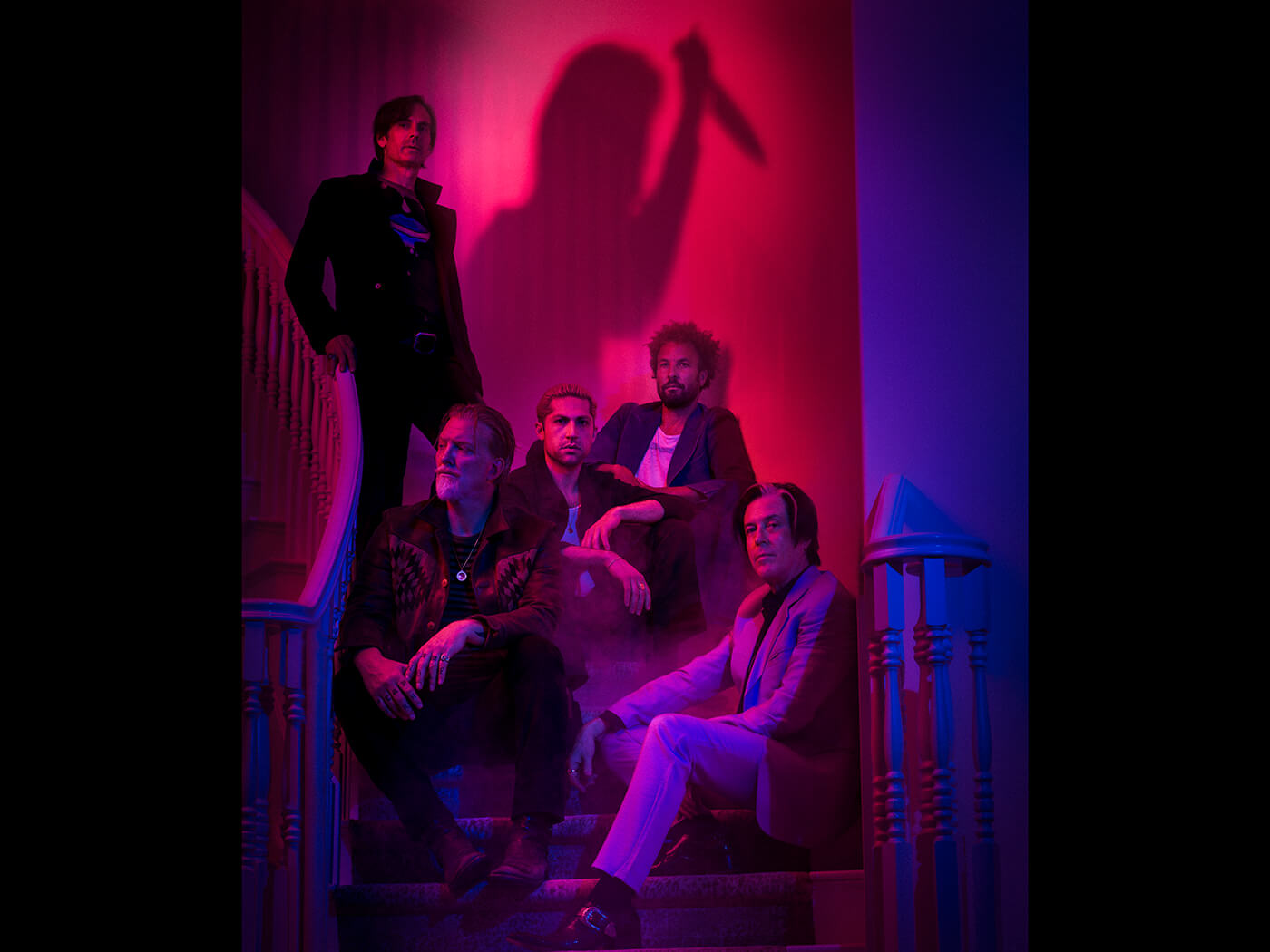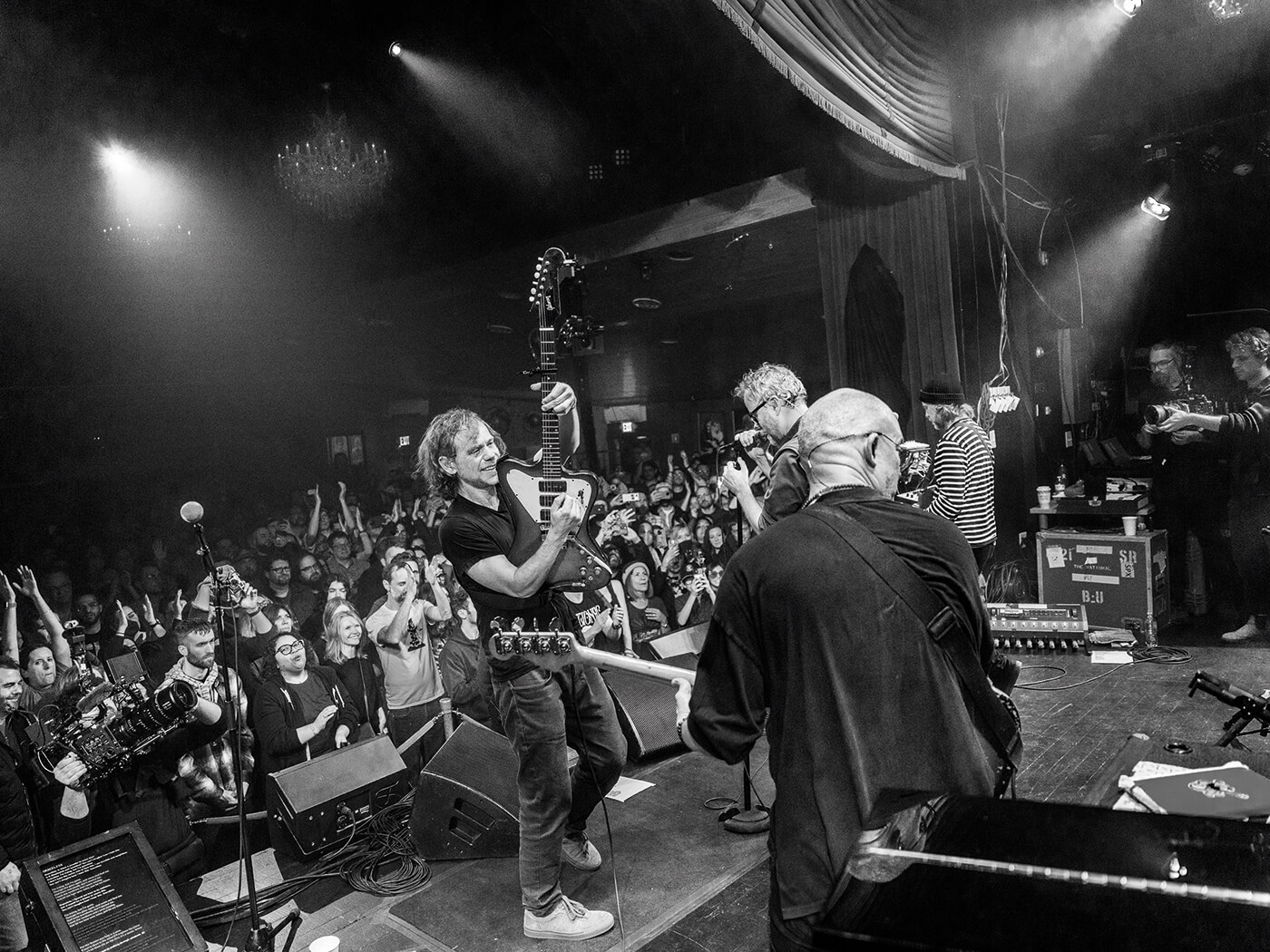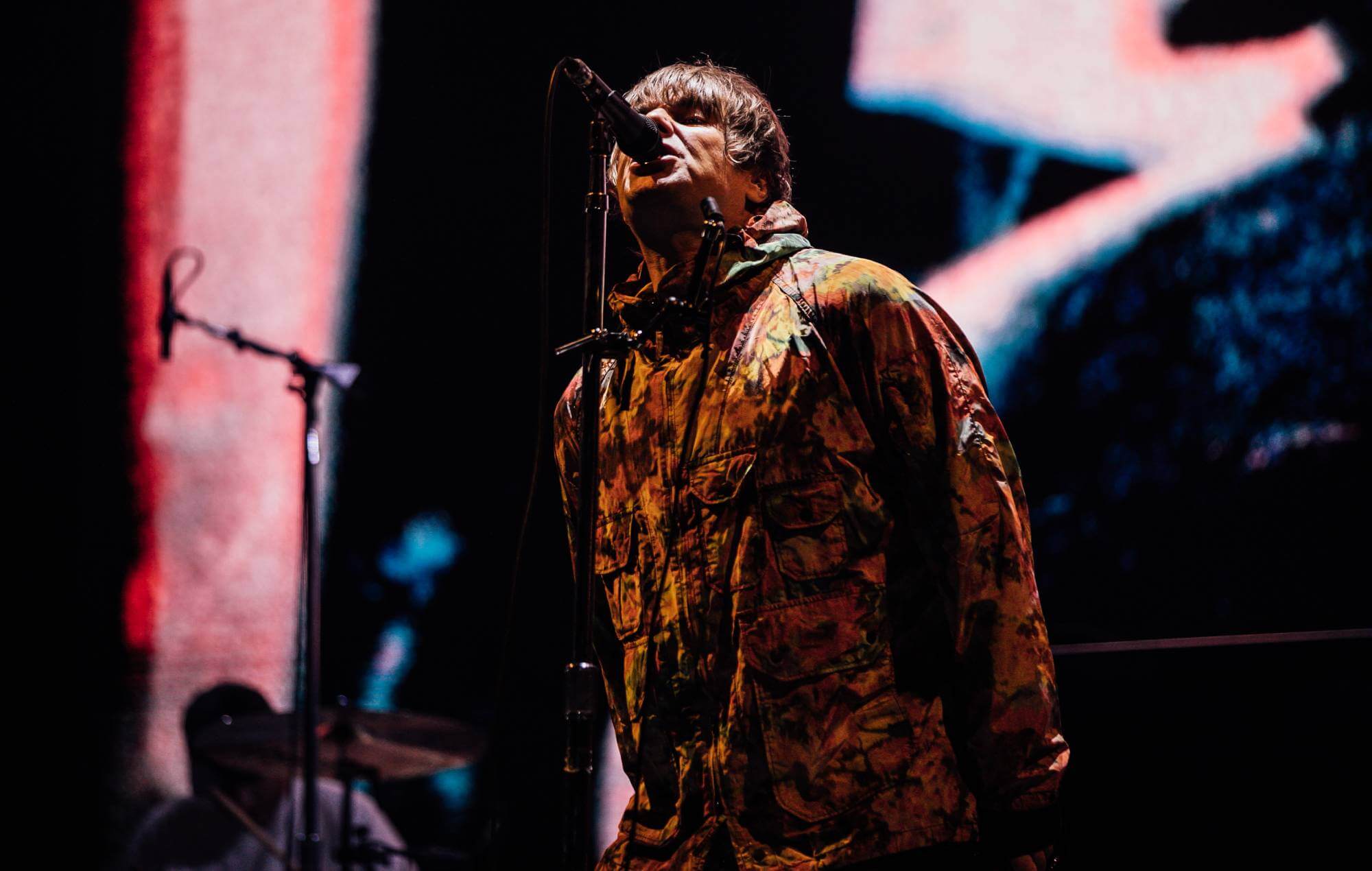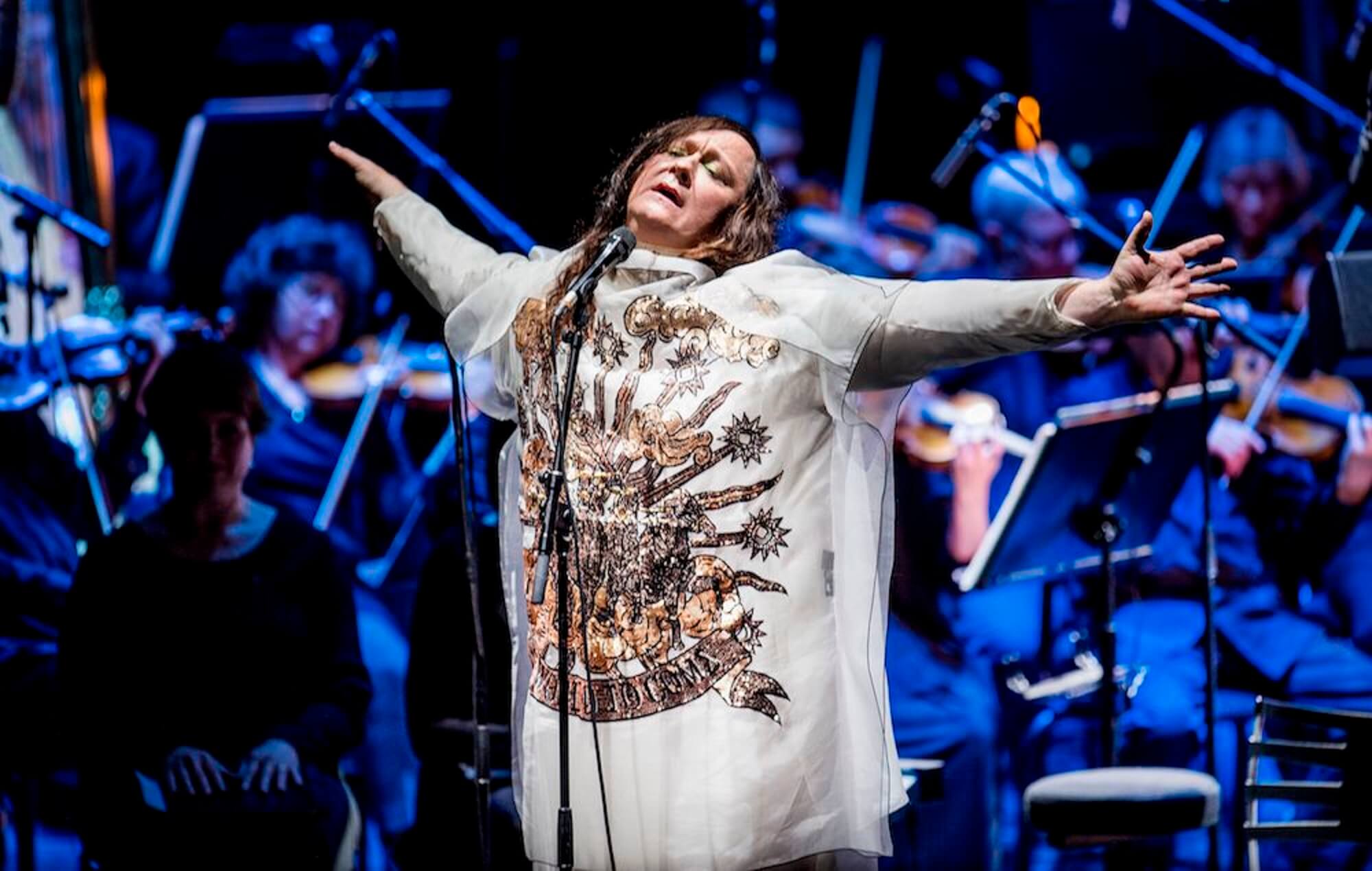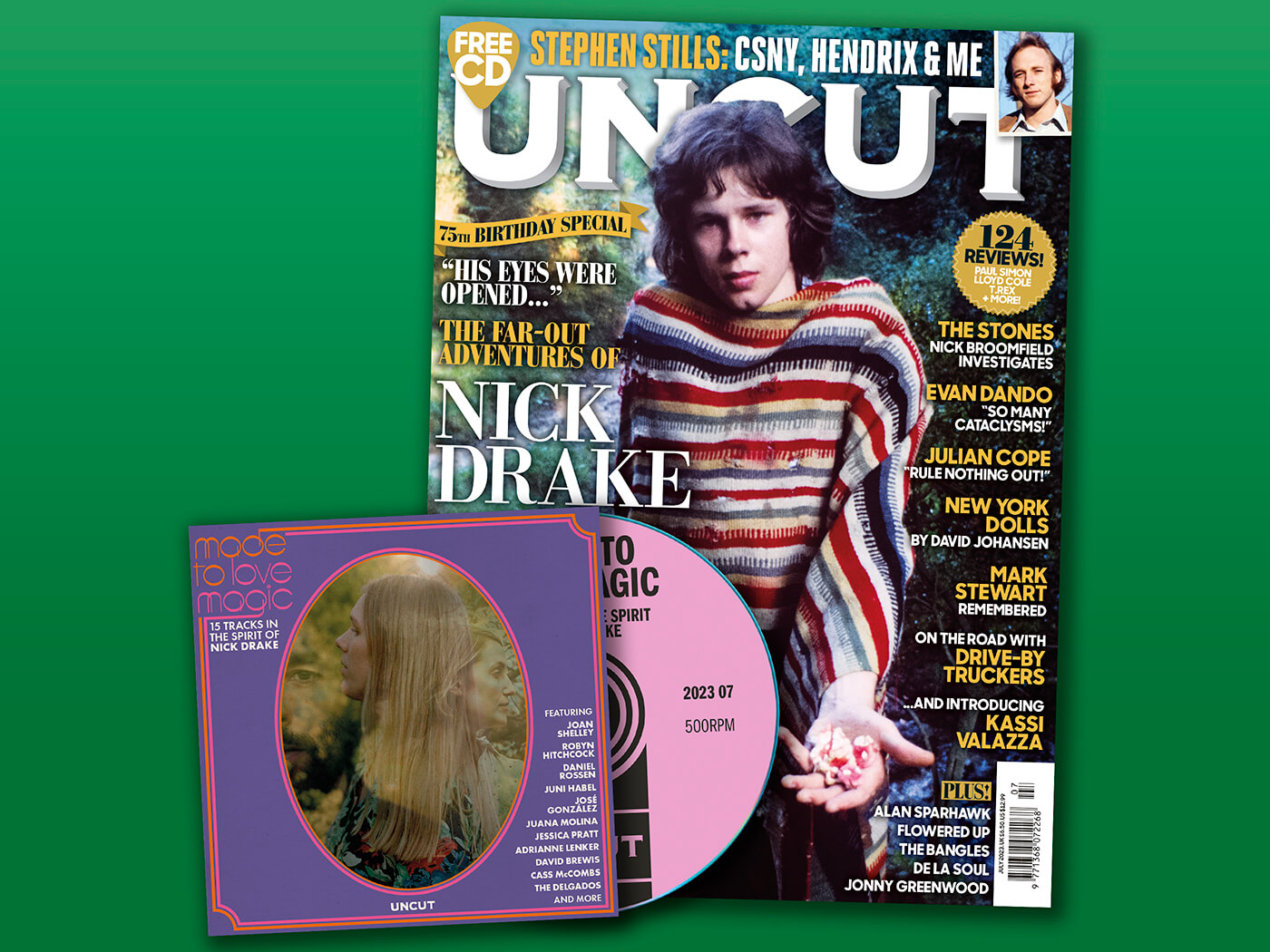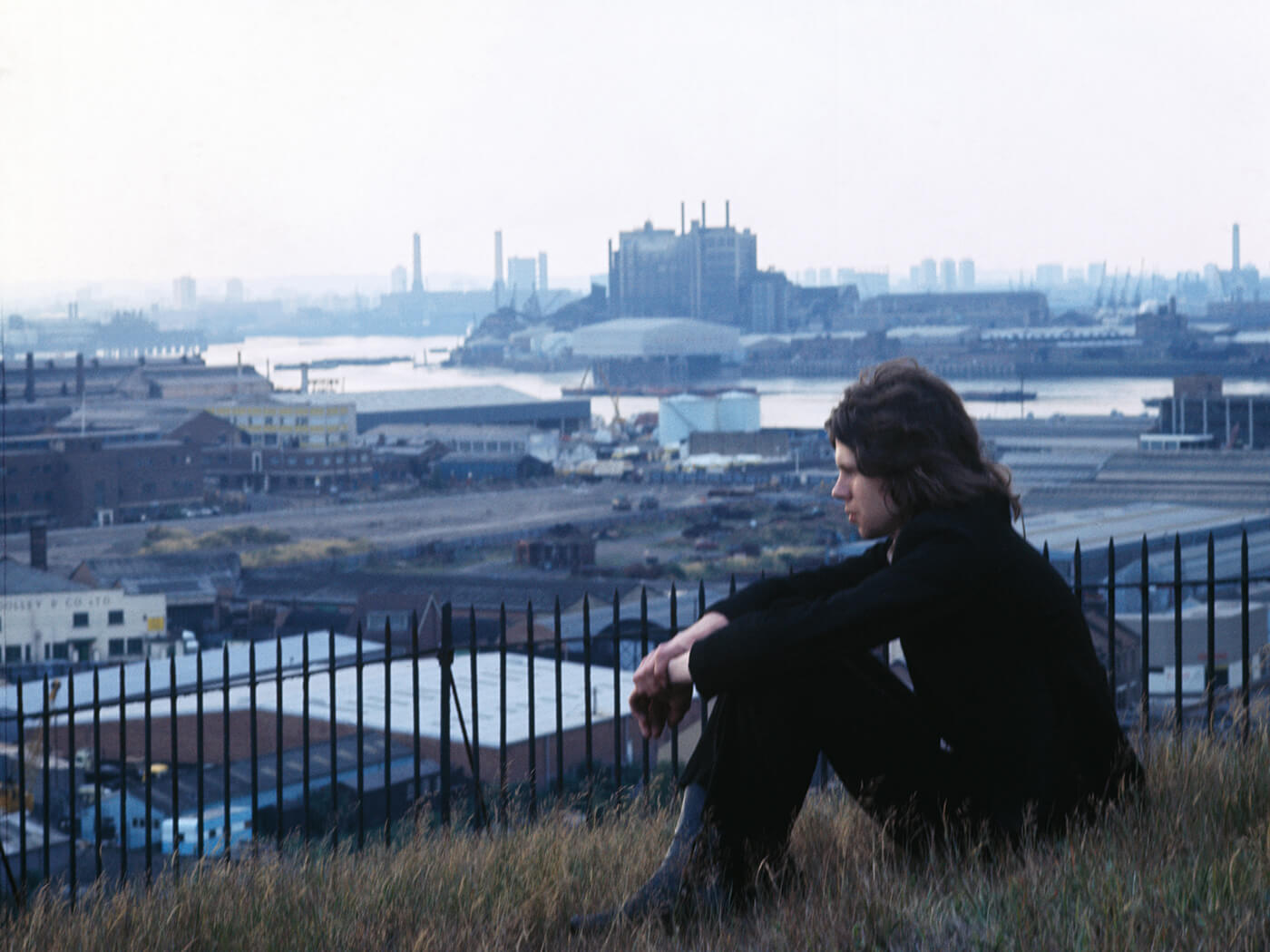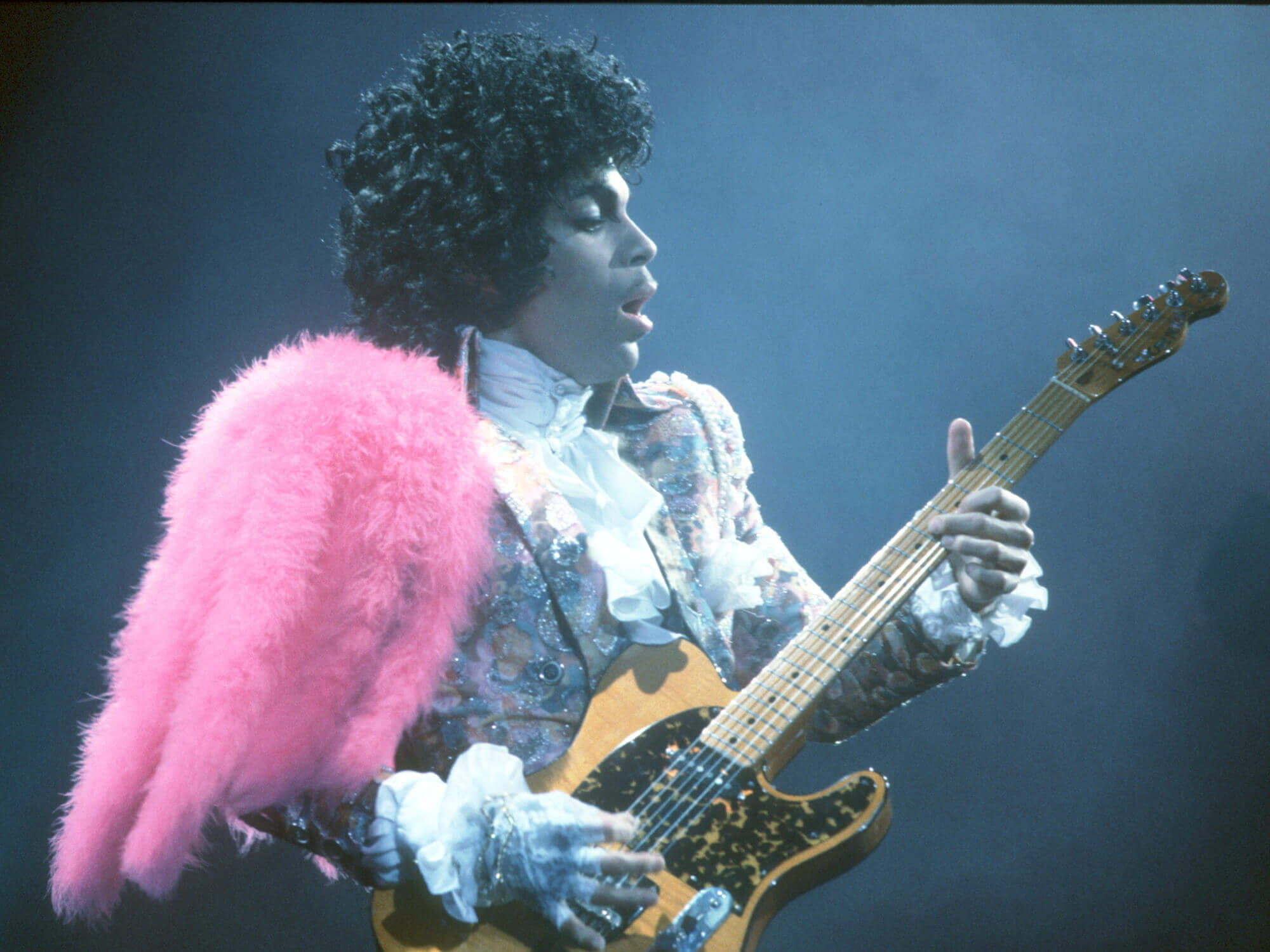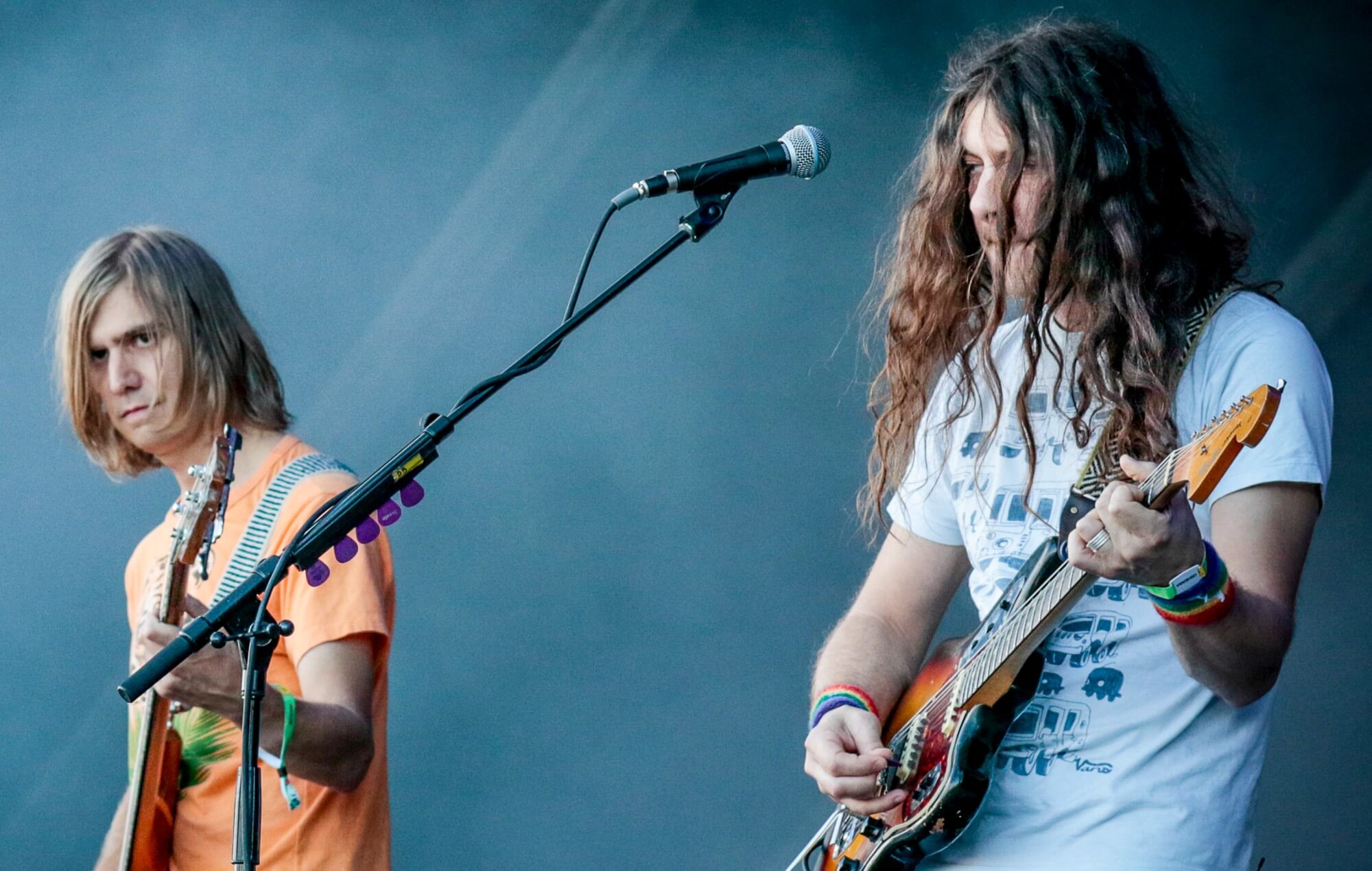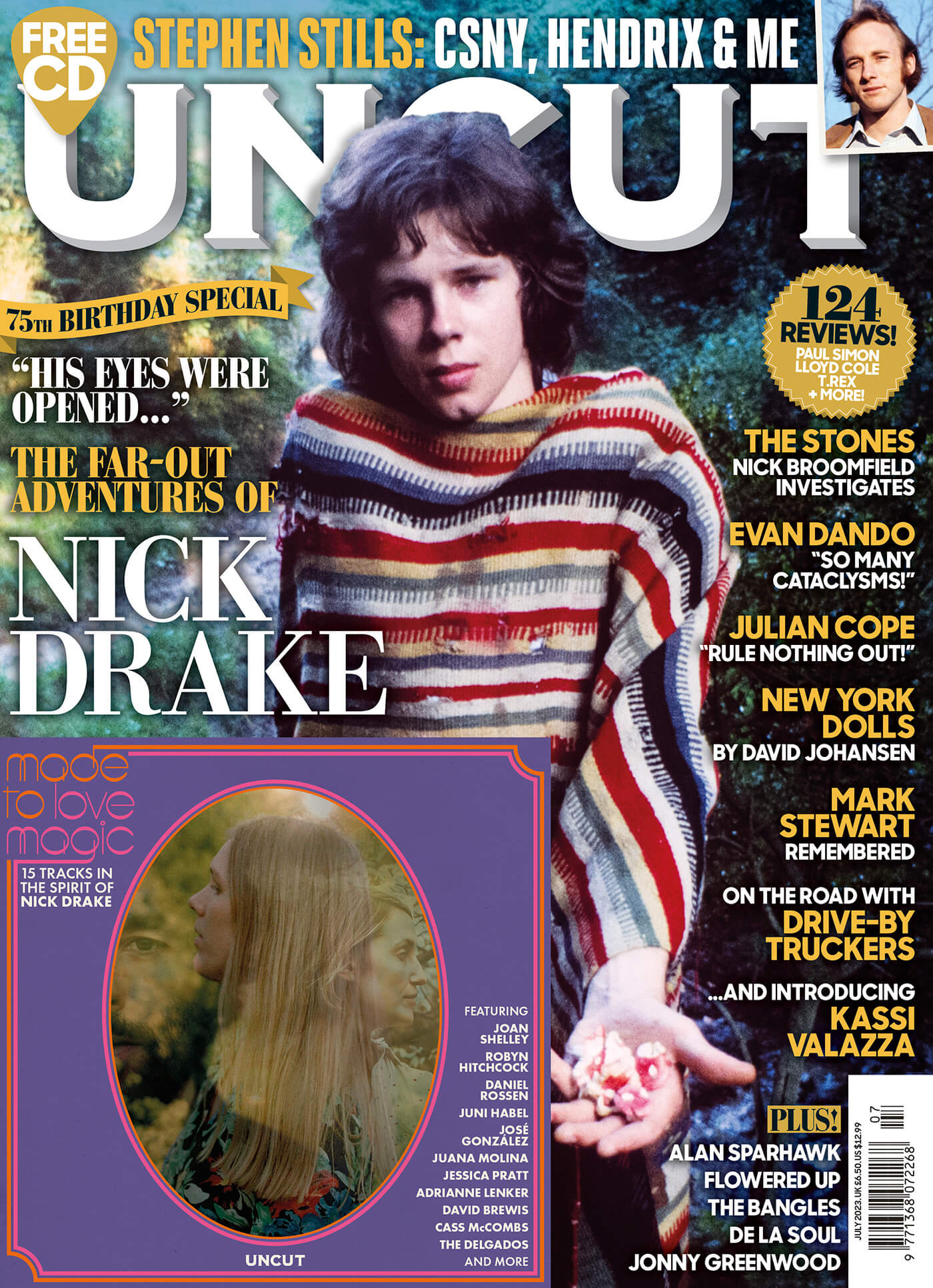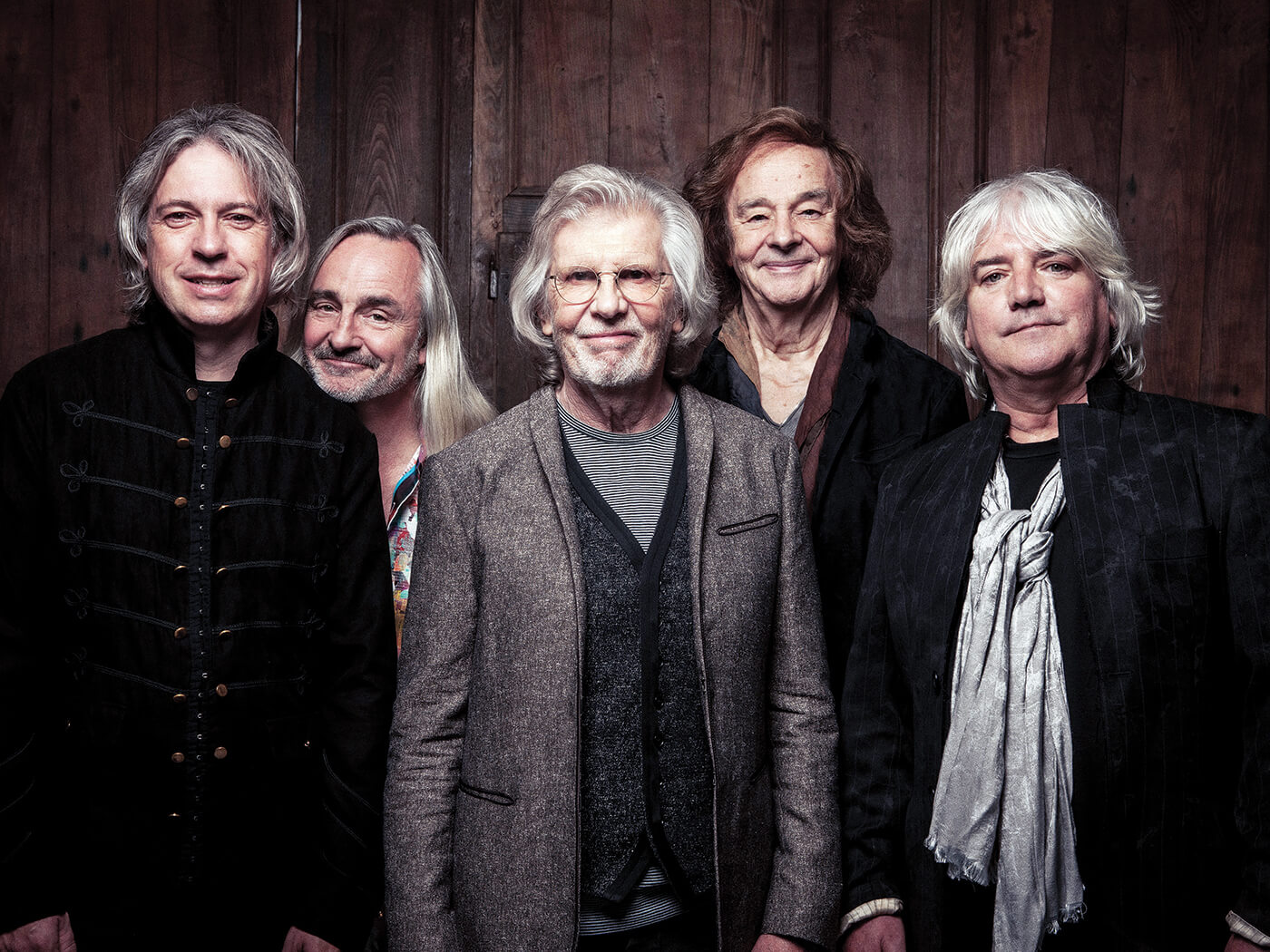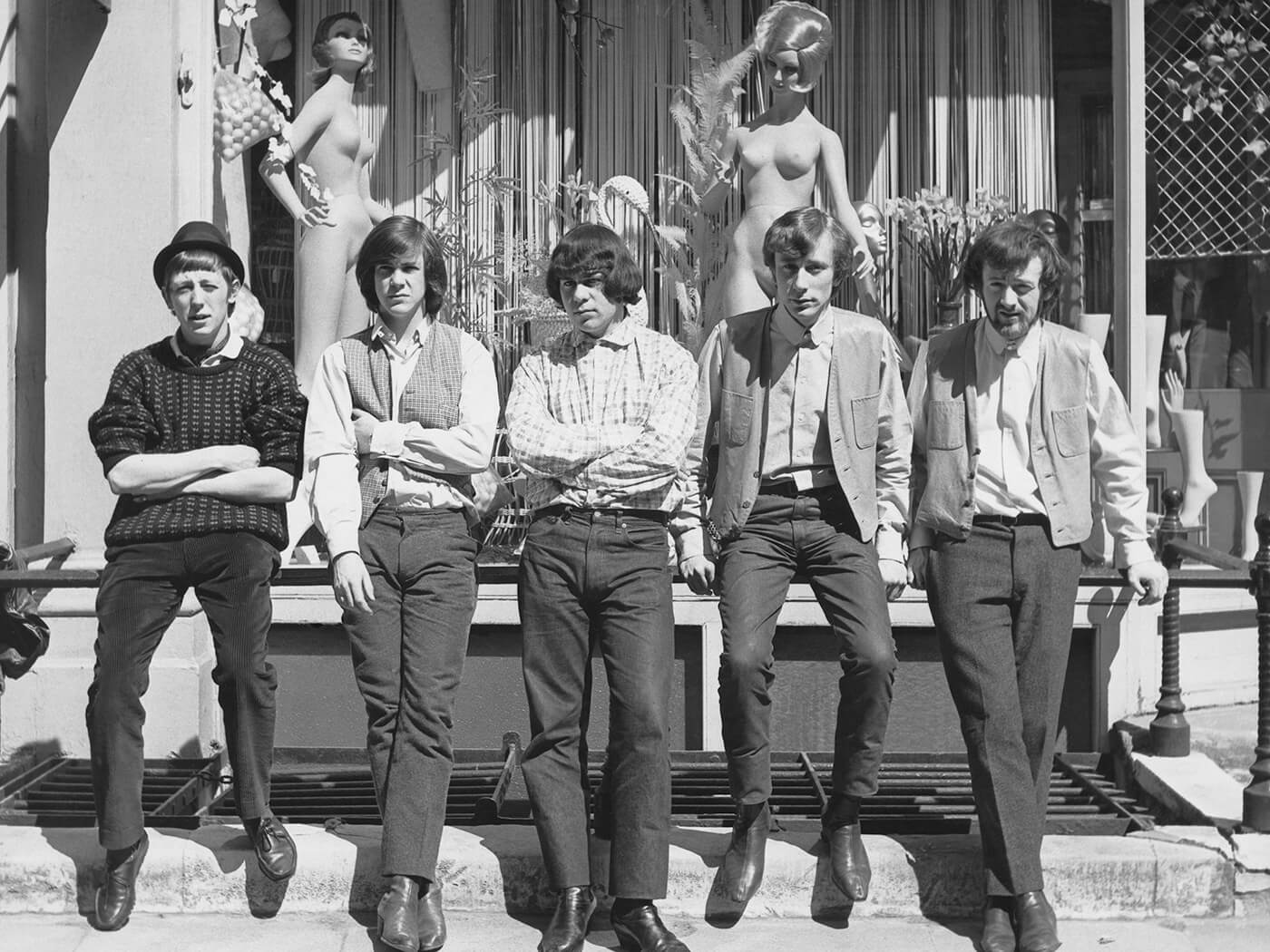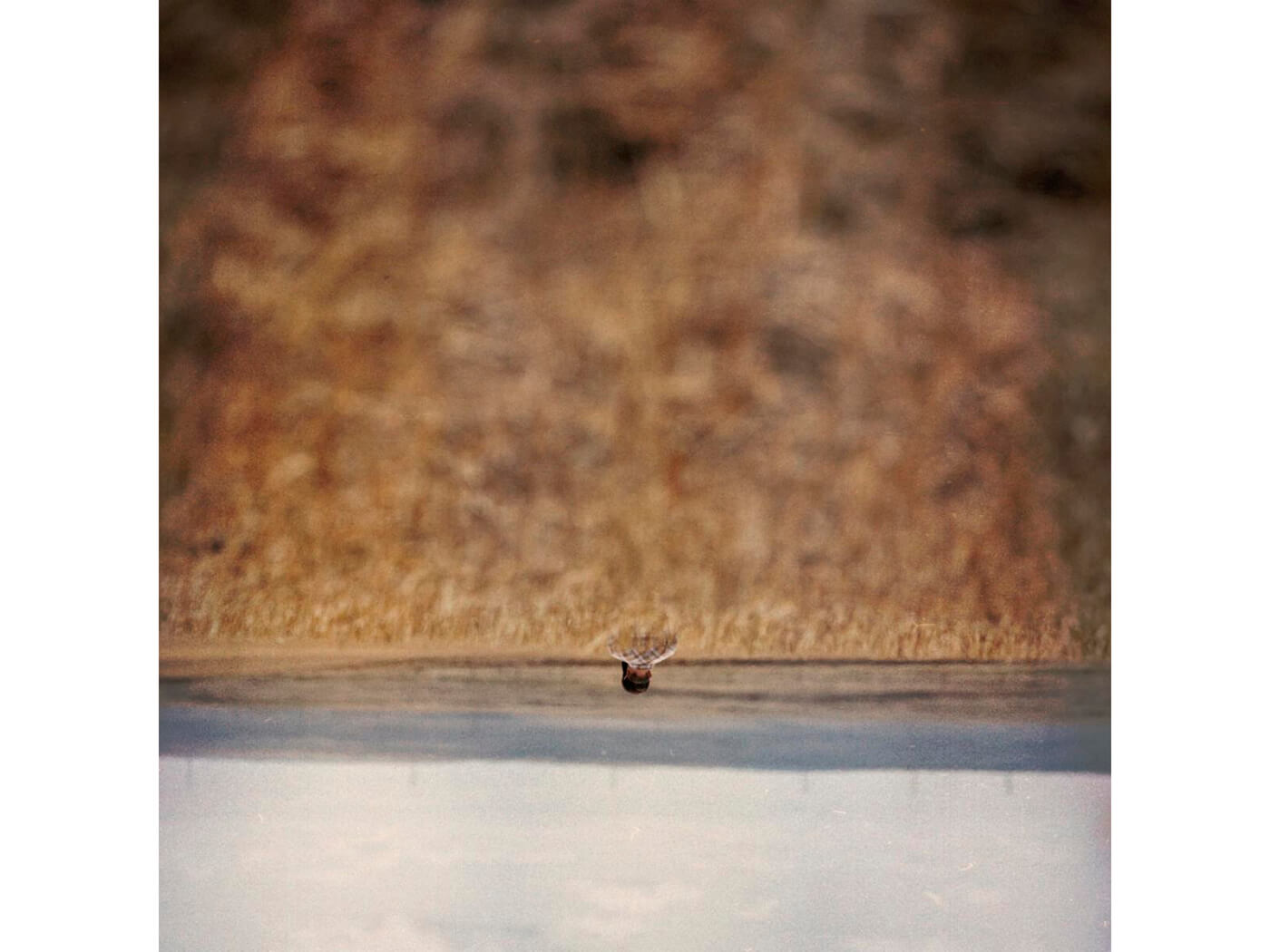All copies of the July issue of Uncut magazine come with a free, 15-track CD – Made to Love Magic.
HAVE A COPY OF UNCUT SENT DIRECT TO YOUR DOOR
The CD is the latest in our new music samplers, bringing together 15 tracks in the spirit of this month’s cover star, Nick Drake.
The CD is free with all copies of Uncut – both in the UK and overseas.
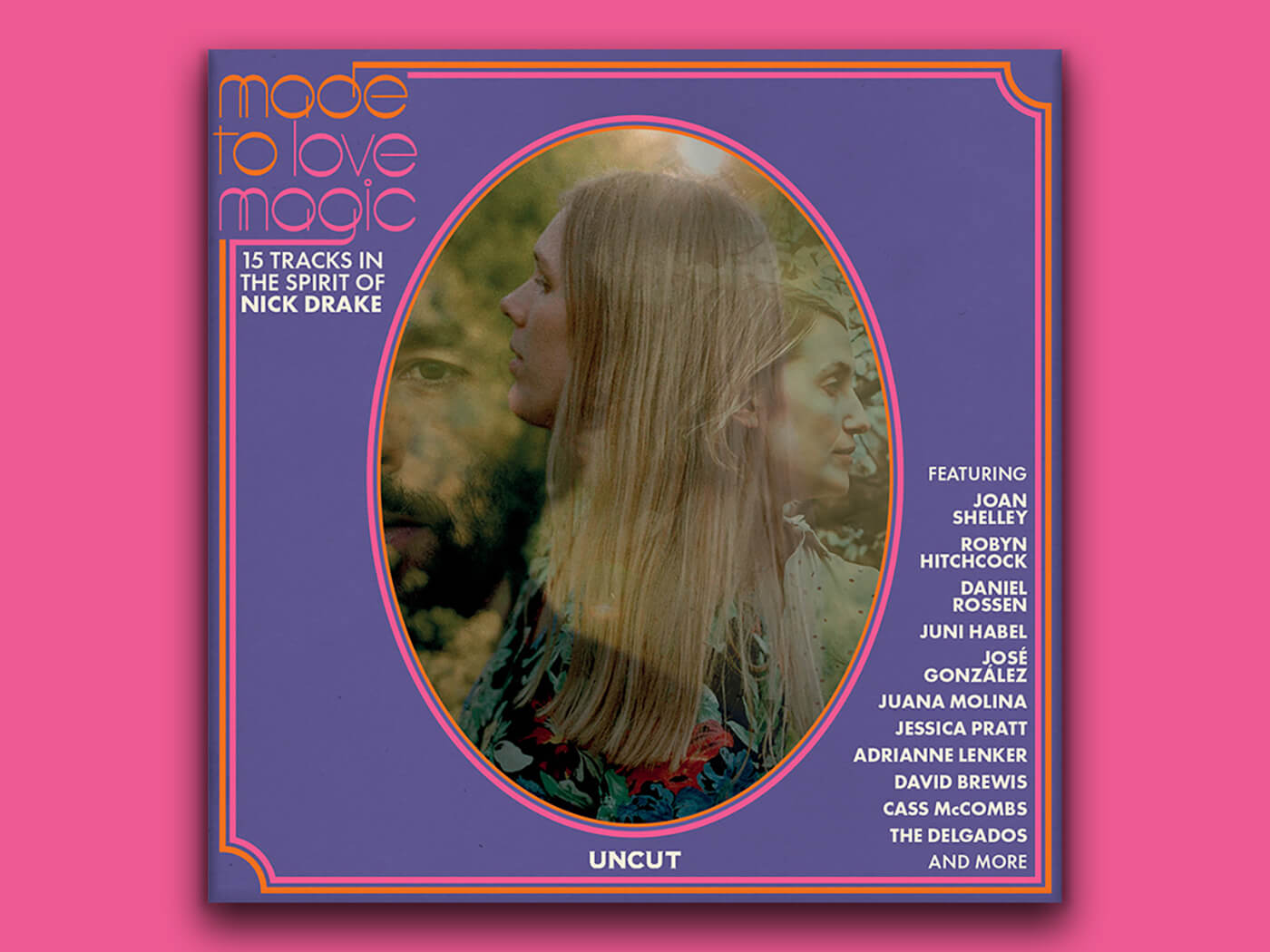
Here, then, is your guide to Made to Love Magic…
1 JAMES ELKINGTON
Make It Up
We begin with an opener from songwriter and producer James Elkington’s debut, 2017’s Wintres Woma. Of course, it borrows the frantic picking, nimble double bass and speedy percussion from Nick Drake’s “’Cello Song”, but the rest is all Elkington and his own muse.
2 JOAN SHELLEY
Haven
With a low-strung guitar lazily strummed, a short runtime and a plaintive melody, this cut from Shelley’s Like The River Loves The Sea (2019) seems to channel the stark isolation of Pink Moon through the lush fields of Kentucky.
3 DAVID BREWIS
High Time
Far away from his usual work with Field Music, David Brewis’ recent album The Soft Struggles mixes sophisticated songwriting with jazz textures, languid piano, brushed drums, strings and saxophone, much as Drake did on something like Five Leaves Left’s masterful “Saturday Sun”.
4 ADRIANNE LENKER
Womb
This solo cut from the Big Thief songwriter’s 2018 LP abysskiss showcases her firm, metronomic picking style and her love for wild alternate tunings, both attributes she shares with Tanworth-in-Arden’s favourite son.
5 THE DELGADOS
Reasons For Silence (Ed’s Song)
While Motherwell’s finest always had a noisier streak, they loved strings and skyward-fluttering flute from the beginning. Here’s one of Emma Pollock’s songs from 2000’s career-peak The Great Eastern, written in an open tuning and aglow with bittersweet melodies.
6 JUNI HABEL
Drifting Pounds Of The Train
The bucolic, rural feel of much of Drake’s work is captured here by Norwegian singer-songwriter Habel in a piece from her new album, Carvings. Woody, picked acoustic guitar keeps this six-minute song rolling along the tracks, while ambient strings blossom in the background.
7 CASS McCOMBS
Real Life
Though he’s generally an electric guitarist, the bard of the Bay Area occasionally straps on an acoustic: in this hushed highlight from 2019’s Tip Of The Sphere, he’s mixing tabla, droning cello and embers of piano with a pensive gem of a melody.
8 JESSICA PRATT
Greycedes
Pratt’s complex structures and Tropicália-infused chords echo the languorous, sun-dappled harmonies so beloved of Drake on his first two albums. Even so, strange premonitions hover around the fringes of this miniature treasure from the songwriter’s second album, On Your Own Love Again. “Oh, stargazer,” she calls, “gaze for a while…”
9 ELIJAH McLAUGHLIN ENSEMBLE
Interlude
An intermission in the Ensemble’s 2022 record, II, this contemplative instrumental combines McLaughlin’s vibrant picking with buzzing cello, jangling mandolin and an ever-rising air of eeriness.
10 JOSÉ GONZÁLEZ
The Void
While some of 2021’s Local Valley found González experimenting with electronic beats, this track retains his usual hypnotic fingerpicking, rippling across his nylon-stringed guitar as his low, whispered voice unhurriedly weaves a potent spell.
11 JUANA MOLINA
Un Beso Llega
On this track from her 2006 LP, Son, the pioneering Argentinian songwriter gradually layers galloping acoustic arpeggios with loops of serene, velveteen vocals and peeling electronic tones. The textures are more experimental, but there’s an air of Drake’s measured single-mindedness in this epic.
12 JIM GHEDI & TOBY HAY
A Year And A Day
The latest, self-titled album from these British acoustic guitarists often recalls Bert Jansch and John Renbourn, sometimes Davy Graham or Martin Carthy, yet on this piece their light-fingered propulsion and major-key meditations are most recognisably Drake-esque.
13 DANIEL ROSSEN
Unpeopled Space
You Belong There, Rossen’s 2022 solo debut, showcased his singular style: there was his fluid acoustic guitar, of course, and his skills across a range of instruments, but also
an ornate gloom at its heart reminiscent of Drake’s crafted, detached takes on the darker
side of life.
14 SAM AMIDON
Spanish Merchant’s Daughter
A light-footed folk piece from Amidon’s self-titled album, it finds the American songwriter mixing traditional lyrics with lush, jazzy instrumentation, most notably the saxophone that winds its way through his words.
15 ROBYN HITCHCOCK
I Saw Nick Drake
We close with this psychedelic troubadour’s surreal and mournful take on the late songwriter. They could have crossed paths at Cambridge if Hitchcock had been a few years older, but instead he had to meet him in a dream: “I saw Nick Drake/And he was fine…”
HAVE A COPY OF UNCUT SENT DIRECT TO YOUR DOOR



